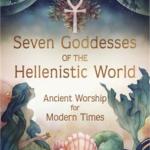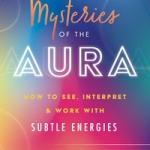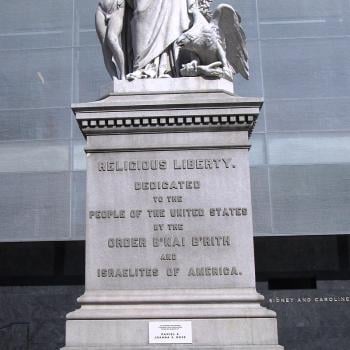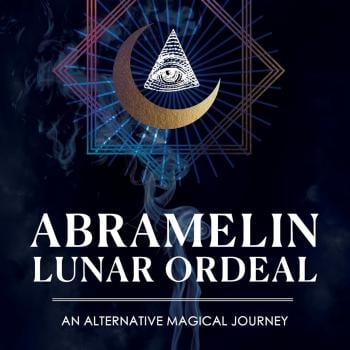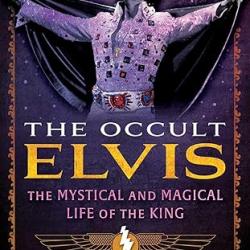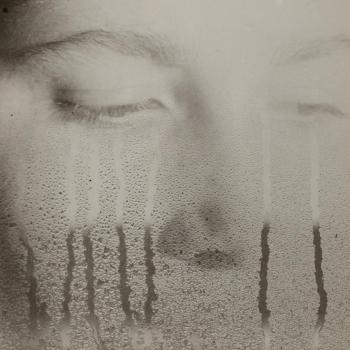Review of An Oracle of Kemet: Tarot of the Noutjeru by Doug Blake
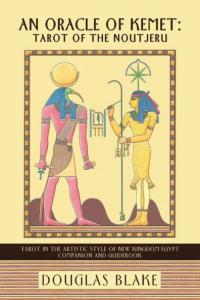
The deck from An Oracle of Kemet features sharp and elegant illustrations designed in the artistic style of new kingdom Egypt (circa 1549– 1069 BCE). It applies symbolism following European esoteric traditions from the 16th century CE as well as the potency of Archetypal (Jungian) images. I consider this to be an intermediate level deck which will certainly appeal to those readers who identify as Kemetics, that is those who venerate the ancient Egyptian gods using largely traditional techniques, as well as readers in other traditions who feel drawn to the Egyptian gods. The companion and guidebook text is nicely detailed, devoting a full page to each card.
Mr Blake describes the contents as follows:
“This book has sections that cover the concept and format of this deck. There is a section devoted to the Major Arcana, describing the known history of Tarot ‘Triumphi’ as they have been called in Europe. Every detail of each card is discussed as well as why the iconography was chosen. The section covering the Minor Arcana discusses the suits, the Court Cards, the Pip Cards and their known history. Consistent with the section on the Majors, the Minor Arcana cards are each described in detail, juxtaposed with their respective high-resolution images. There is a section for practical use of Tarot, discussing Sortilege, Cartomancy, Meditation, and recommendations for use in spreads with examples and charts given. There is a brief appendix with charts illustrating Astrological, Elemental, and Qabalistic attributions along with the Kemetic (Ancient Egyptian) Decanates. This is followed by a Bibliography pertinent to both Tarot and Egyptology. There is a Glossary covering all terms used in the Book from Kemetic/Ancient Egyptian, Theosophical, Qabalistic, Astrological, Divinatory/Cartomantic, general metaphysical, and foreign language sources. Lastly, there is a thorough Index of all terms of interest and where they appear in the book.”
Mr Blake alludes to the pervasive influence of the Rider-Waite Deck:
“Over the course of time, various titles and numbering conventions have been applied and sometimes printed on the cards in the various languages of the countries in which they were produced. In the late 19th century, the Hermetic Order of the Golden Dawn fashioned its own Tarot deck using a refined numbering system derived from the 15th century sequence. The sequential modifications made by the Golden Dawn accommodated their attribution of elemental (in this case Air, Water and Fire), planetary and zodiacal correspondences to the Major Arcana along with the letters of the Hebrew Alphabet.”
Mr Blake essentially ensures his deck is consistent with the layout of the Rider-Waite deck:
“This guidebook for the Oracle of Kemet deck presents its Major Arcana in this sequence for its familiarity (among other reasons) as it has been adopted by a number of contemporary decks employed by modern esotericists. Though hieroglyphs used to denote zero and the numbers one through twenty-one do appear in the center of the top margins of the Major Arcana cards, the cards in this deck are not otherwise printed with numbers or titles. This should not hinder persons using this deck for purposes of divination or reflective meditation and, might well lend enhancement in the latter use. In the event that one might feel a need to add numbers or titles in their mother tongue or writing system of their own choosing, one might well do so by adding them in the top or bottom margins of the cards. In the process of doing so, one might also form a more intimate personal connection with each card, impressing its imagery more firmly in their memory and psyche.”
It is for this reason that I consider Mr Blake’s deck to appeal to intermediate level readers, as they will not be able to put it to use straight out of the box. Beginners would need to spend a bit of time labeling each card with a title that resonates with them. As Mr Blake has pointed out, titles and numbering conventions have varied over time from deck to deck. I would suggest that beginners should work with another deck first, the Rider-Waite deck being an excellent choice.
An Oracle of Kemet presupposes a fair knowledge of Kemetism. Fortunately, an extensive Bibliography is provided for those who need to get up to speed. A wonderful starting point is the late Richard Reidy’s Eternal Egypt: Ancient Rituals for the Modern World.
The 22 Major Arcana are based on Archetypes which Mr Blake has traced back to ancient Egypt. The earliest decks are based on papal European symbolism, but Mr Blake wanted to go much deeper.
The Suits used in An Oracle of Kemet are very similar to those normally found in other Tarot decks:
Wa’ss scepters for Wands – symbolizing Fire
Wesekh vessels for Cups – symbolizing Water
Khopesh blades for Swords – symbolizing Air
Henu jars/pottery for Coins/Pentacles – symbolizing Earth
The biggest departure are the Henu jars/pottery which were chosen for “their intrinsic value for trade/barter and their ability to hold tradable commodities as well as their more or less round shape.”
The four Court cards per suit feature alternating polarity of gender and stages in life:
Nisu Male Sovereign/King – Mature Flame of Mastery
Atyit Female Sovereign/Regent – Mature Flow of Mastery
Awa’au Male Heir/Prince – Aspiring Breath of Youth
Awa’at Female Heir/Princess – Aspiring Matter in Action
After explaining each of the cards, Mr Blake provides a simple seven card spread and a more detailed ten card spread for readers to try. These are starting points, and readers may well find that a spread they’re already using works better for them.
Obviously, Mr Blake has invested a lot of time and work into creating this deck – both the artwork and the technical explanations. The Egyptian symbolism encoded into it will doubtless allow for nuances not possible in other decks which limit themselves to the symbolism in the Rider-Waite Deck. I foresee readers enjoying months, if not years, of growth by working with this deck. There is also the option of using Mr Blake’s deck in conjunction with another already being used by the readers.
To conclude, An Oracle of Kemet is a gorgeous intermediate level deck and guidebook very suitable for readers drawn to the Egyptian gods. I would recommend that beginners start with another deck, most probably the Rider-Waite Deck, as well as studying one or more Kemetic texts prior to immersion in this deck.
Tony Mierzwicki
Author of Hellenismos: Practicing Greek Polytheism Today and Graeco-Egyptian Magick: Everyday Empowerment.
https://www.amazon.com/Hellenismos-Practicing-Greek-Polytheism-Today/dp/0738725935
https://www.amazon.com/gp/product/1905713037/ref=dbs_a_def_rwt_bibl_vppi_i1

